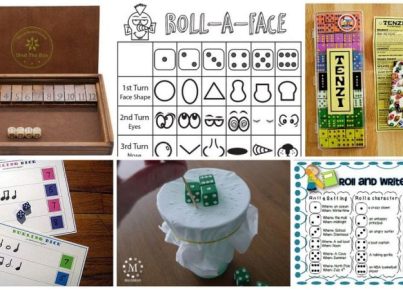Introduction:
Character education is an essential aspect of a student’s overall development. Teaching character traits helps students cultivate important values that contribute to their personal growth and success. Anchor charts are effective visual tools that can be used to teach and reinforce these character traits in a fun and engaging manner. In this article, we will explore 12 character traits anchor charts that can be implemented in elementary and middle school classrooms.
-
- Respect:
An anchor chart on respect can emphasize the importance of treating others with kindness, considering their feelings, and valuing diversity. It can include examples of respectful behaviors and encourage students to practice empathy and understanding.
-
- Responsibility:
Fostering a sense of responsibility is crucial for students’ academic and personal success. An anchor chart on responsibility can focus on tasks such as completing homework, meeting deadlines, and taking ownership of their actions. Including visuals and relatable anecdotes will help reinforce the concept.
-
- Honesty:
Teaching honesty is vital for building trust and integrity in students. An anchor chart on honesty can highlight the importance of telling the truth, admitting mistakes, and being accountable for one’s actions. Including real-life scenarios will encourage students to reflect on the consequences of dishonesty.
-
- Perseverance:
The ability to persevere through challenges is a valuable life skill. An anchor chart on perseverance can include motivational quotes, inspiring stories of famous individuals who overcame obstacles, and strategies for staying determined when faced with adversity.
-
- Citizenship:
Fostering good citizenship is essential for creating responsible and engaged members of society. An anchor chart on citizenship can outline the rights and responsibilities of individuals within their community, promote active participation, and encourage students to make positive contributions to their surroundings.
-
- Kindness:
Promoting kindness cultivates a positive and inclusive classroom environment. An anchor chart on kindness can provide students with ideas for acts of kindness, such as helping a classmate, showing gratitude, or resolving conflicts peacefully. Encouraging students to lead by example will reinforce the importance of being kind to others.
-
- Resilience:
Resilience helps students bounce back from setbacks and develop a growth mindset. An anchor chart on resilience can include strategies for dealing with failure, promoting self-belief, and fostering a positive attitude towards challenges. Visuals and inspiring quotes will motivate students to persevere and learn from their experiences.
-
- Fairness:
Teaching fairness helps students develop a sense of justice and equality. An anchor chart on fairness can highlight the importance of treating everyone with fairness and impartiality, regardless of differences. Including examples of fair and unfair situations will empower students to recognize and advocate for fairness in their daily lives.
-
- Empathy:
Empathy is crucial for creating a compassionate and understanding society. An anchor chart on empathy can emphasize the importance of considering others’ perspectives, understanding their emotions, and practicing active listening. Including role-playing activities and scenarios will help students develop their empathy skills.
-
- Self-discipline:
Self-discipline is essential for achieving goals and maintaining focus. An anchor chart on self-discipline can provide students with strategies for managing distractions, setting priorities, and developing effective study habits. Encouraging self-reflection and goal-setting will empower students to take control of their actions.
-
- Cooperation:
Promoting cooperation and teamwork fosters a positive classroom dynamic. An anchor chart on cooperation can outline the benefits of working together, effective communication strategies, and the importance of respecting others’ opinions. Including collaborative activities will help students realize the value of cooperation in achieving common goals.
-
- Optimism:
Maintaining a positive outlook contributes to resilience and overall well-being. An anchor chart on optimism can emphasize the power of positive thinking, reframing negative situations, and expressing gratitude. Including inspiring quotes and sharing uplifting stories will help students develop an optimistic mindset.
Conclusion:
Implementing character traits anchor charts in elementary and middle school classrooms can have a profound impact on students’ personal and academic growth. These visual tools not only reinforce important values but also provide students with practical strategies and examples to apply in their daily lives. By cultivating character traits through anchor charts, educators can help shape responsible, compassionate, and resilient individuals ready to contribute positively to society.





